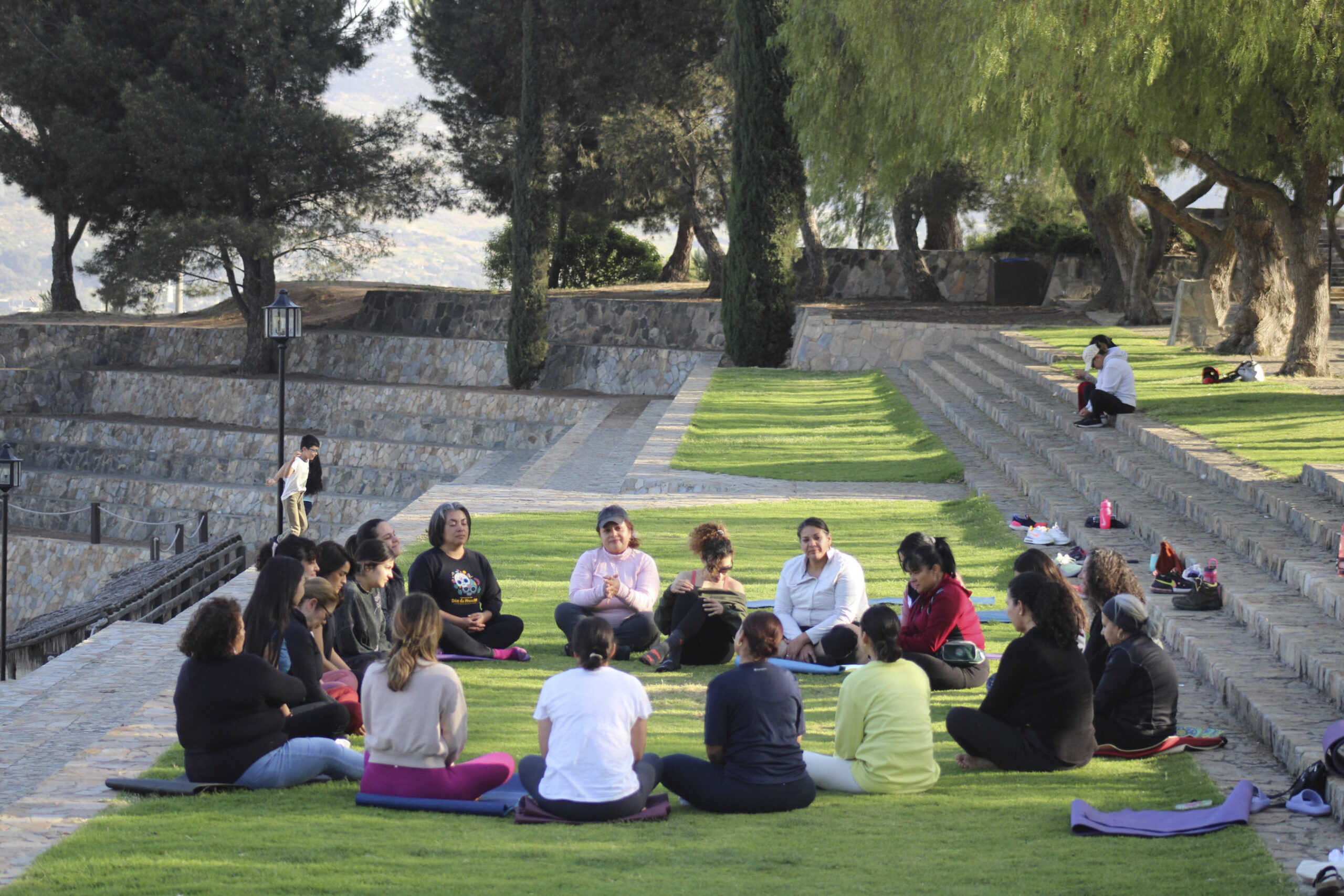Wildflowers At The Ranch

The chaparral of Mt. Kuchumaa offers delightful discoveries. As you hike Rancho La Puerta’s mountain trails, be sure to watch for wildflowers. We’ve included a few of our favorites below:
Apricot Mallow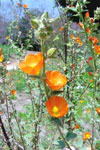 (Sphaeralcea ambigua)
(Sphaeralcea ambigua)
Also called “desert hollyhock.” Grows 3 to 4 feet tall and 2 or 3 feet wide, with multiple branching stems covered in white or yellowish down. Stems bear many blooms, each about an inch wide.
Plant type: Perennial
Blooms: March – June
Habitat: Dry rocky slopes and canyons, in creosote bush scrub and pinyon-juniper woodlands, to 4,000 feet.
Baby Blue Eyes 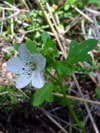 (Nemophila menziesii)
(Nemophila menziesii)
A low-growing (to 12 inches), slender, spreading plant with slightly succulent stems. A favorite with horticulturists and hikers alike.
Plant type: Annual
Blooms: April – June
Habitat: Shady flats and slopes throughout cismontane California. Found in coastal sage scrub, chaparral, valley grassland and oak woodland, below 5000 feet.
California Goldfields (Lasthenia californica)
This bushy annual grows to about 12 inches tall. In spring, in undisturbed areas of its native habitat, it carpets foothills and valleys in bright golden yellow.
Plant type: Annual
Blooms: March — May
Habitat: Exposed areas of sunny slopes below 4500 feet, in untouched backcountry areas, to the western edge of the desert.
Silver Puffs 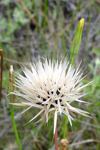 (Uropappus lindleyi)
(Uropappus lindleyi)
Long, slender green buds open to dime-sized yellow blooms, which in turn become spiky white seed pods — hence the name.
Plant type: Annual
Blooms: April to June
Habitat: Open grasslands, woods, chaparral, cismontane and desert (in loose soil), to 6,000 feet.
Sun Cup 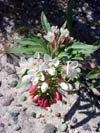 (Camissonia sp.)
(Camissonia sp.)
Orange buds unfurl into sunny yellow, four-petalled flowers. Leaves and stems are covered by silvery hairs. When backlit by low-angled sun, these fuzzy plants glow.
Plant type: Perennial
Blooms: March to August
Habitat: Shrubby slopes, especially burns and disturbed areas in chaparral, to 2,500 feet. Found from Baja to central California.
Phacelia 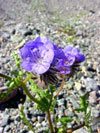 (Phacelia sp.)
(Phacelia sp.)
This dainty, lavender-blue wildflower delights hikers. The deep purple variety is one of many native plants (including the Torrey pine) discovered by botanist and physician, Charles C. Parry, during the late 1800s.
Plant type: Annual
Blooms: March – May
Habitat: Burned areas, slopes, coastal sage scrub and chaparral, to the western edge of the Colorado desert, to 4000 feet.
Matilija Poppy 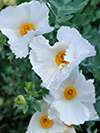 (Romneya coulteri)
(Romneya coulteri)
A native to dry, sunny areas in Baja California the Matilija Poppy has the largest flower of any poppy measuring 6+ inches across. They usually bloom in late March and can continue into August.
Plant type: Perenniall
Blooms: May – July
Habitat: Burned areas, slopes, and in dry canyons in chaparral and coastal sage scrub communities.
Wild Peony 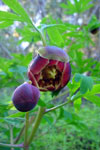 (Paeonia californica)
(Paeonia californica)
The delicate appearance of this perennial belies its toughness; it prefers no summer water (its yam-like roots will rot), and is unfazed by snow. Yet like many wildflowers, it’s difficult to cultivate in a garden.
Plant type: Perennial
Blooms: January – March
Habitat: Brushy places in coastal sage scrub, chaparral, and southern oak woodland, along the coast and foothills, to 4,500 feet, from northern Mexico to Monterey, CA.

